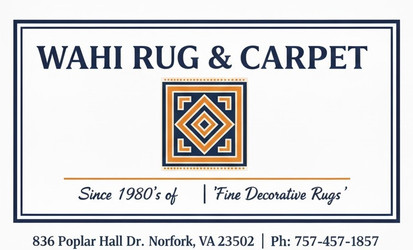FAQ
Welcome to our FAQ page, where we address common questions about our products and services. Here you will find answers to queries about our ordering process, shipping policies, return procedures, and more. If you're wondering about our product availability, materials used, or care instructions, you've come to the right place. We strive to provide transparent and helpful information to ensure your shopping experience is seamless and enjoyable. Looking for top-quality area rugs near me? Look no further! Browse our selection online or visit our store to find the perfect rug for your space. If you have any additional questions, feel free to contact us.

